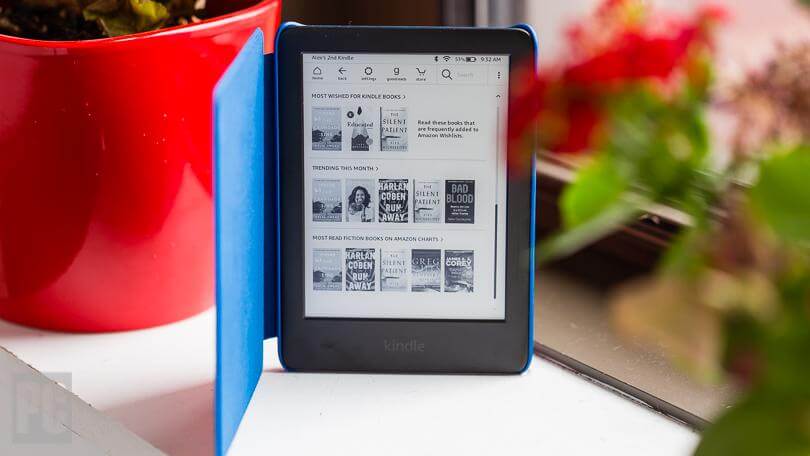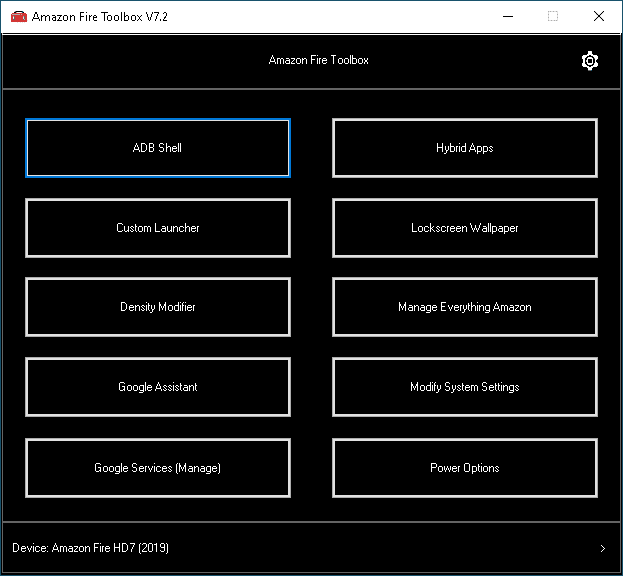
E-Readers normally update themselves when a new firmware update is available. This process normally occurs automatically when you are connected to WIFI or a hot spot. There are only a handful of devices that make you visit their website to download the patch file and load it on yourself, but they tend to be older devices, others only run an update if you visit the settings menu and fetch it. Do you prefer to have your e-reader updated automatically or not at all?
The run of the mill update often introduces new features, enhancements or bug fixes Amazon, Kobo, Supernote and Onyx Boox tend to do it on a monthly or bi-monthly basis. Boyue, Sony, Tolino, Pocketbook and Remarkable do it less frequently. Barnes and Noble might do it once or two a year, if that. Most issue them automatically via WIFI, others give you a nag screen, prompting you to run it manually. Older devices from Bookeen, for example, ask you to update by visiting their website, downloading the file and then sideloading it on your device.
Sometimes firmware updates are critical to keep your e-reader running properly and buying books. In late 2018 Barnes and Noble was upgrading their security system for all of their websites and servers that handle customer information and process payment data. The company announced that they are upgrading to new security standard, known as Transport Layer Security (TLS). TLS Versions below 1.2 are being phased out, and devices accessing the Internet that are not updated to utilize the required TLS Version will not be able to perform many functions related to Internet connectivity. All Nook e-readers needed this mandatory update. Amazon ran this same update for their older Kindle e-readers back in 2016 and Kobo did it with their older tablets in 2019.
Some people are wary of new updates, because sometimes they can introduce buggy new features that prevent them from enjoying their device. This is especially iretating when they spend hundreds of dollars on flagship e-readers, such as the Kindle Oasis, Pocketbook InkPad X or the Kobo Forma. I know plenty of people who install an update and then realize the scope of the sweeping changes, such as a new homescreen or library management system.
One of the biggest drawbacks of automatic updates are applicable to people who have jailbroken their Kindle to unlock extra features or to load in things like custom screen savers. Kobo is popular in the hacking community, because of different e-reading software can be loaded in, such as Koreader. E-Readers that run Android, such as the Tolino and Barnes and Noble Nook can be rooted to give you a stock Android experience. The Sony Digital Paper also has an unlock, where you can run apps, in parallel the stock experience.
Often when firmware updates occur automatically, they overwrite all of these things and the author who wrote the custom software has to take into account everything that changed and issue a new patch file. This process is normally slow, because jailbreaks or custom ROMS are a labor of love and are not commercially viable to charge for updates. Suffice to say, most people who root or jailbreak their device, often turn off WIFI to prevent updates and normally sideload in books via Adobe Digital Editions or pirate them.
Does your e-reader update automatically to the latest firmware? Do you like this method? Do you prefer to turn WIFI off and wait until the update is not buggy before installing it?
Michael Kozlowski is the editor-in-chief at Good e-Reader and has written about audiobooks and e-readers for the past fifteen years. Newspapers and websites such as the CBC, CNET, Engadget, Huffington Post and the New York Times have picked up his articles. He Lives in Vancouver, British Columbia, Canada.
